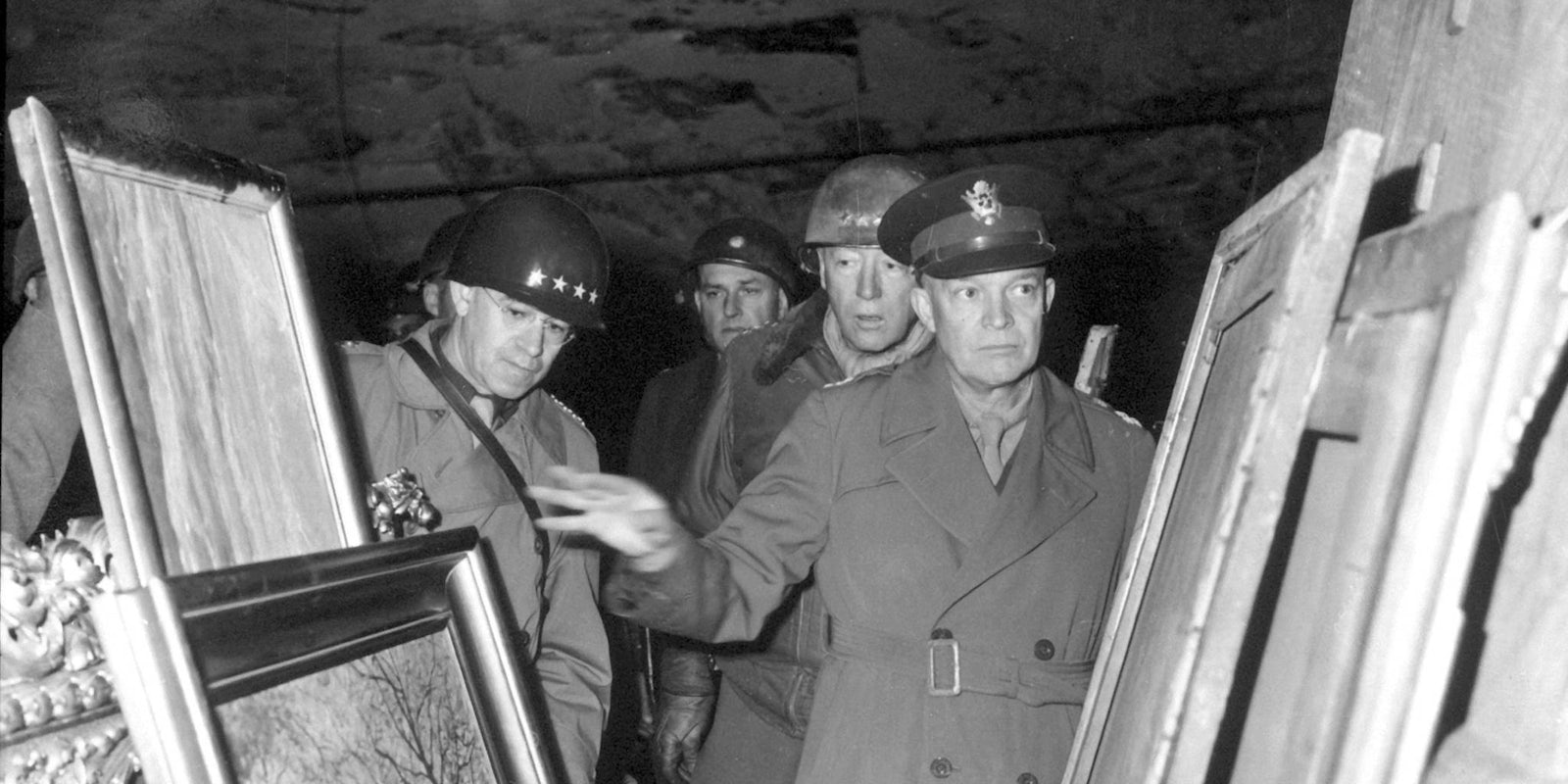Anyone who’s read Robert Edsel’s The Monuments Men, or to a lesser extent taken in the disappointing George Clooney adaptation, has thought, “Why isn’t this being done now?” From the Taliban’s destruction of the Bamiyan Buddhas in 2001; to U.S. military inaction during the looting of museums from the 2003 invasion of Iraq; to architecture and museum collections damaged by the Syrian civil war; to the willful destruction of Iraqi and Syrian sites including Nimrod and Hatra, and now Palmyra, by the so-called Islamic State, the rate of our artistic heritage’s extinction rivals that of the natural world.
Now, the British government is funding a group of “rescue archaeologists” to travel to Iraq and help to protect historic and artistic heritage under threat from ISIS. British Secretary of State for Culture, Media, and Sport John Whittingdale has also announced that the U.K. will sign the Hague convention on the protection of cultural heritage. They will also host a summit in September to create a fund to support future missions.
But this group of British professionals are not the only “Monuments Men” by far. Although most of the contents of Syria’s 34 national museums have been packed out to safe havens, much remained behind and of course you cannot move historical buildings like churches, mosques, synagogues, temples, and governmental and civic buildings, as well as their ruins. So, a group of Syrians have banded together to preserve and hide artifacts from the Syrian UNESCO heritage site of Palmyra and guard its ruins.
That group was organized by Amr al-Azm, founding director of conservation for Syria’s Directorate General of Antiquities and Museums, and one of the effort’s organizers.
The Spain-based Syrian archaeologist Isber Sabrine oversees another group of Syrian volunteers, which he organizes by Skype. This group uses cameras and laptops to document artifacts and ruins that might be lost.
The so-called Islamic State is not just comprised of ideological vandals. They are also looters, selling what is sometimes called “blood antiquities” to fund their violence. Defending the heritage with boots on the ground serves one purpose. Documenting them, and making them easily communicable digitally, serves another. One of the needs is to guard against sales of looted materials by recording them as illegally removed.
The inheritors of the original Monuments Men (at least the American section), the U.S. Committee of the Blue Shield, are also active. Founded in 2006, the NGO has been training museum staff in emergency preservation and evacuation. Last summer they trained 14 Syrian museum officials in how to protect and move artifacts.
In addition to the British and Syrian groups, there are others who are specifically focused on digitizing and registering artifacts, not just to have them on record in the event of theft, but also to provide blueprints for conservation after the violence ends. In situations where the artifacts or ruins are utterly destroyed, digital records will provide a way, however inferior to the real thing, to experience what has been lost.
Columba Stewart, executive director at St. John’s University’s Hill Museum and Manuscript Library, leads a team that has been taking digital photographs of Christian artifacts in the Middle East for 12 years.
Is there a point in trying to save all of this, in the face of such extraordinary destruction? It seems, at times, futile. But the efforts of the original Monuments Men saved an almost uncountable number of expressions of Western culture and their efforts echo down to the present day with the return of art stolen by the Nazis.
But there are other examples much more recent, as Christianity Today remarks.
When Islamic extremists were threatening Timbuktu, Mali, in 2012, a local library curator created a system for smuggling more than 275,000 pages of priceless manuscripts by donkey, bicycle, or boat to the south of the country.
In 2001 in Kabul, Afghanistan, the Taliban destroyed thousands of artifacts that resembled humans or animals. But museum employees hid statues in obscure storerooms and kept the fragments of pieces smashed by the Taliban. In recent years, 300 have been restored.
Photo via Wikimedia Commons


